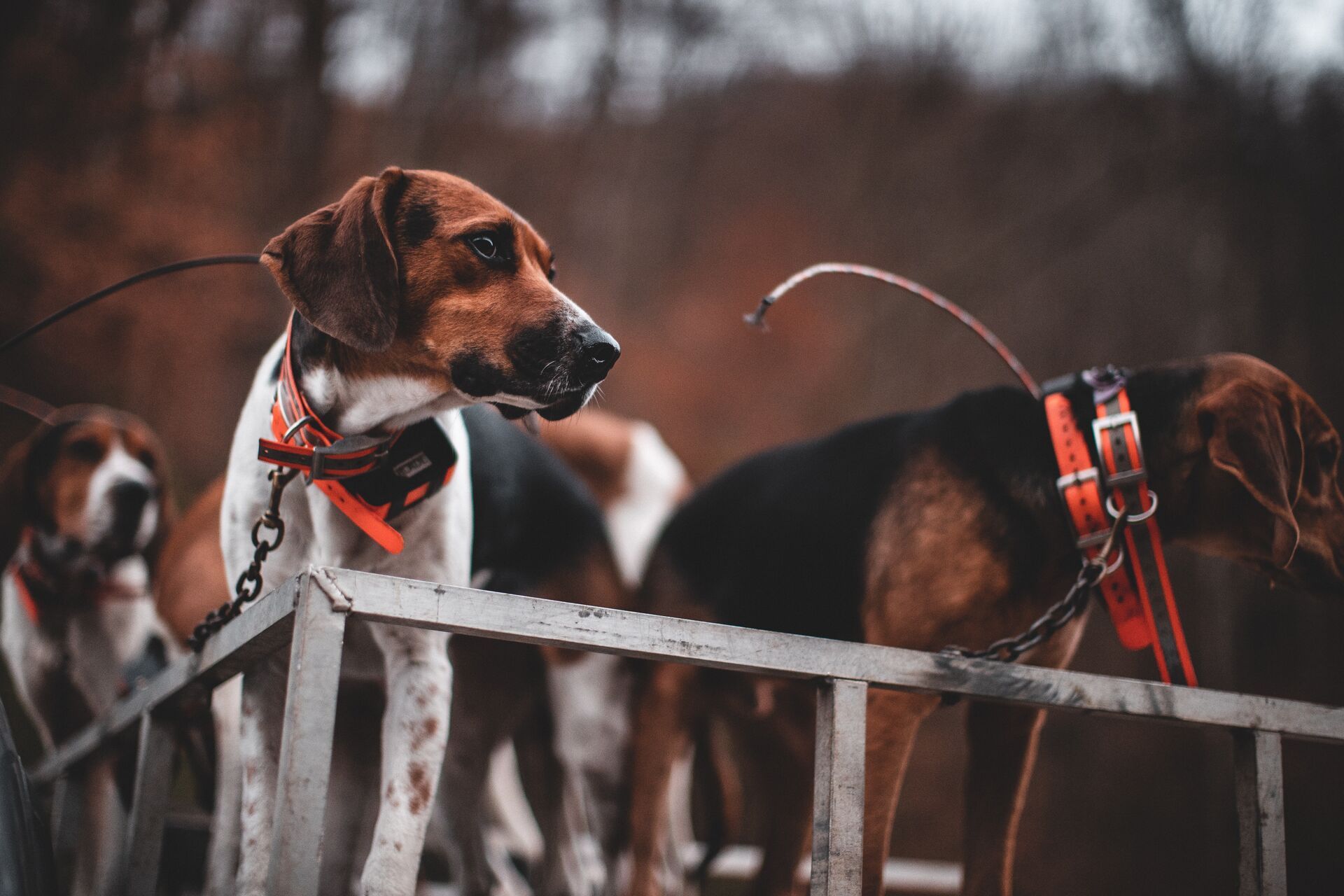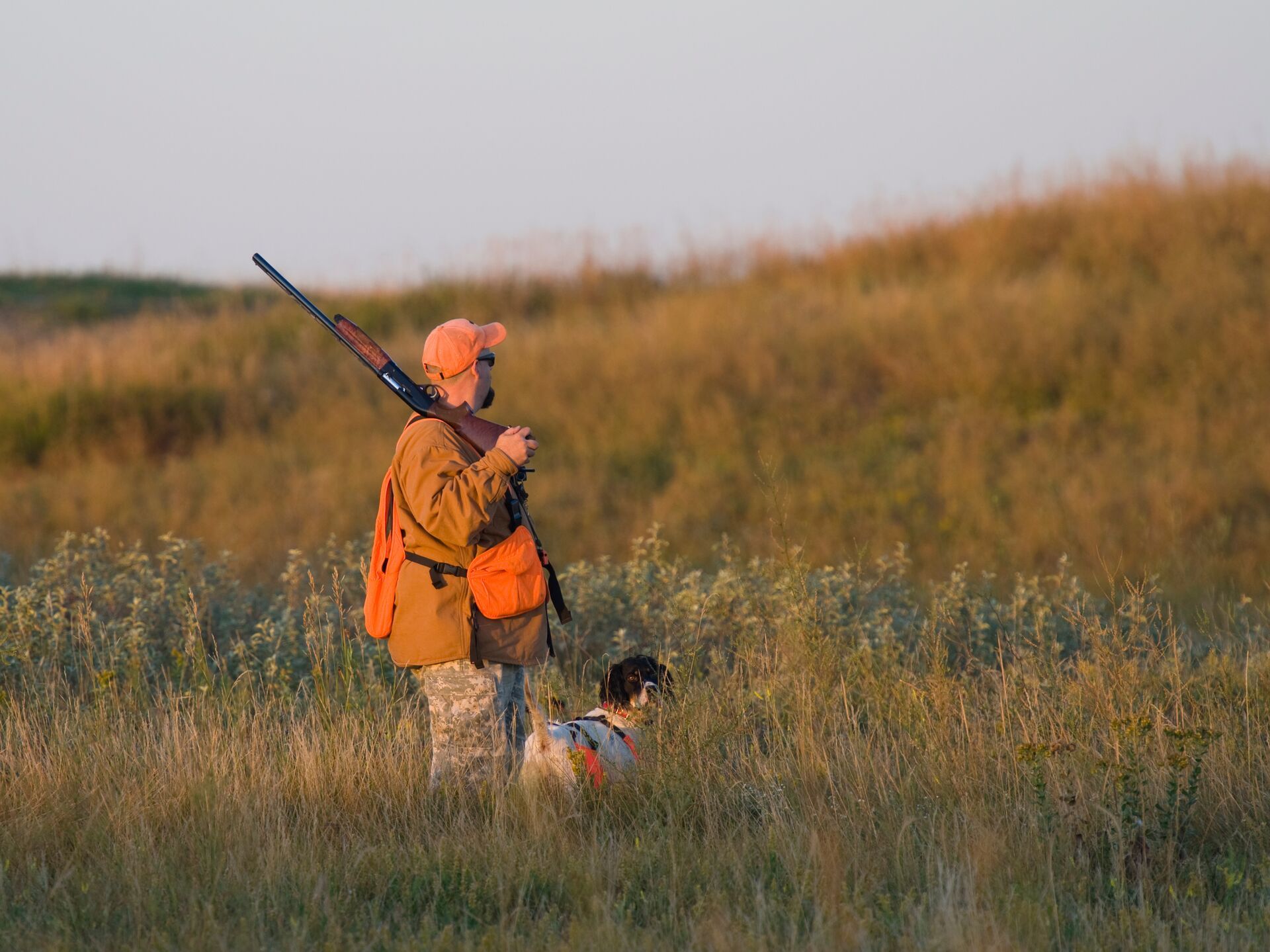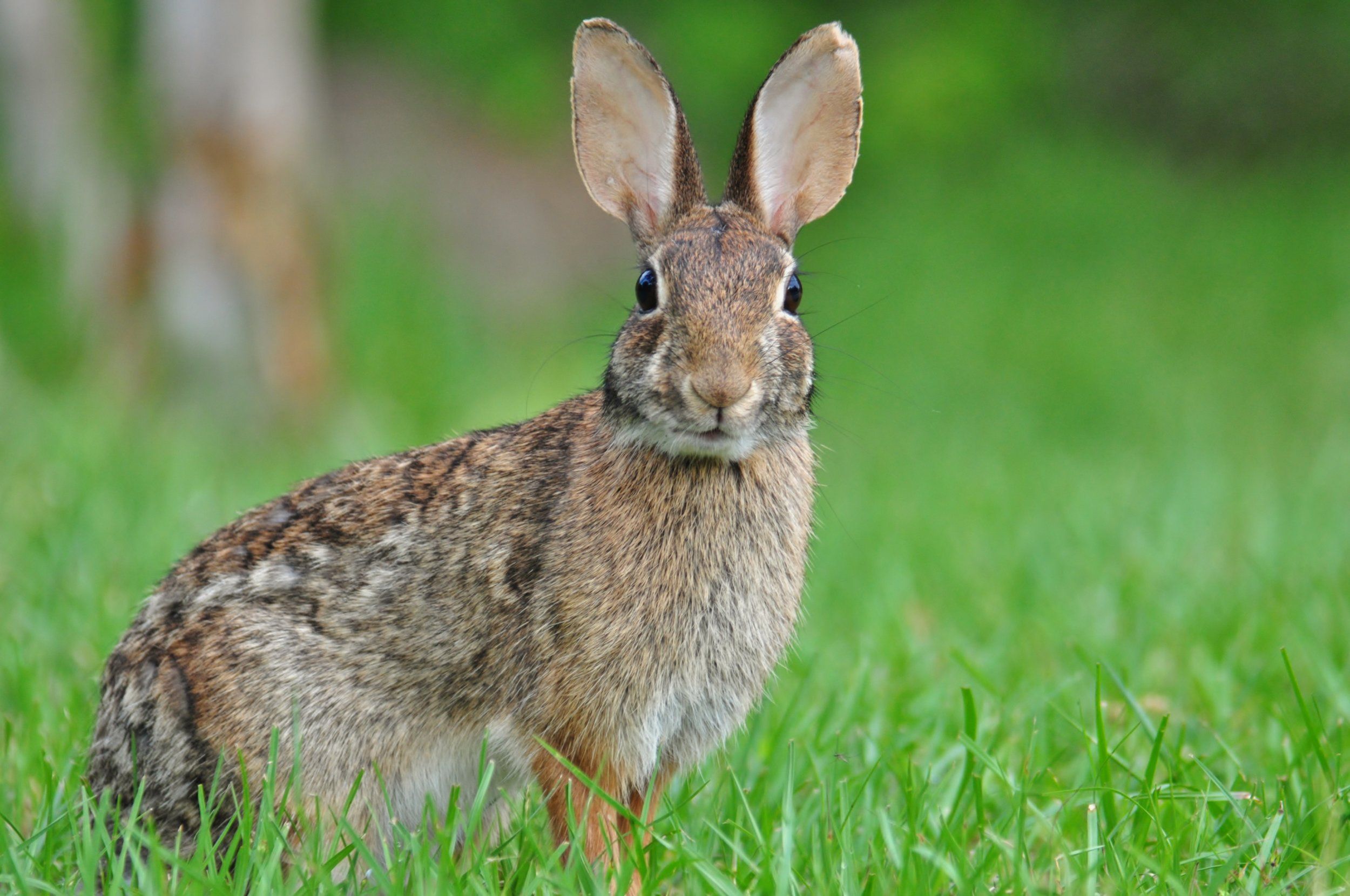Field Guide / Small Game
A Guide to the Best Squirrel Hunting Tips for Success
From the silence of an early morning sit erupts the crunching sound of leaves and rustling bushes. Your heart drops as your eyes scan the canopy for movement, expecting to catch a subtle glance of the whitetail you've been eyeing all season. Instead, a twitching bushy tail emerges from the brush, and a little gray body bounds out of sight up the tree's trunk.
Previous in Small Game
More Content Like This

How to Hunt Rabbits With Dogs
Rabbit hunting is a long-time tradition that has been enjoyed over many generations. Many of our parents, grandparents, and great-grandparents have probably hit the woods and brush piles trying to kick up a rabbit or two for their supper. Read More
Read MoreThe Best Times to Hunt Rabbit
There are more than 30 species of rabbit worldwide, and despite their wide variety of environments, they share many similarities. These social creatures live in large groups called colonies and have no problem populating, as they can reproduce up to ...Read More
Read More
Your Guide to the 2025 Dove Season Georgia
Dove hunting in Georgia is more than just the pursuit of birds. It's an opportunity for friends, family, and hunters to get together at the start of the season, practice shooting, and fill the freezer with some quality game — for many, it's a tradit...Read More
Read More Small Game
Small GameHow to Hunt Rabbits With Dogs
Rabbit hunting is a long-time tradition that has been enjoyed over many generations. Many of our parents, grandparents, and great-grandparents have probably hit the woods and brush piles trying to kick up a rabbit or two for their supper. Read More
Read More Small Game
Small GameThe Best Times to Hunt Rabbit
There are more than 30 species of rabbit worldwide, and despite their wide variety of environments, they share many similarities. These social creatures live in large groups called colonies and have no problem populating, as they can reproduce up to ...Read More
Read More Small Game
Small GameYour Guide to the 2025 Dove Season Georgia
Dove hunting in Georgia is more than just the pursuit of birds. It's an opportunity for friends, family, and hunters to get together at the start of the season, practice shooting, and fill the freezer with some quality game — for many, it's a tradit...Read More
Read More
1 of 3
